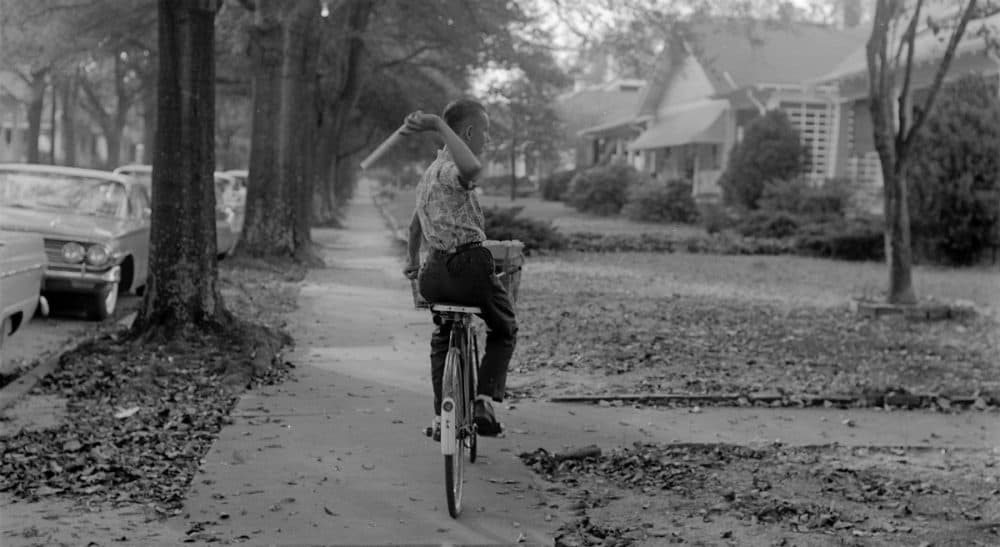raydm6
Yay! Cameras! 🙈🙉🙊┌( ಠ_ಠ)┘ [◉"]
Sharing this from another forum.
Fascinating process for the time. Love the opening scene: cigarette and cigar smoking in the office.
Fascinating process for the time. Love the opening scene: cigarette and cigar smoking in the office.


